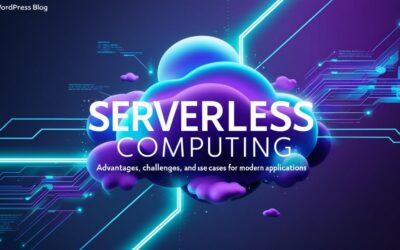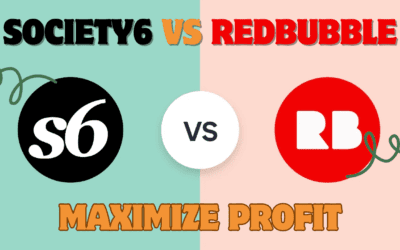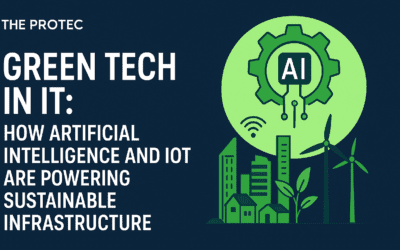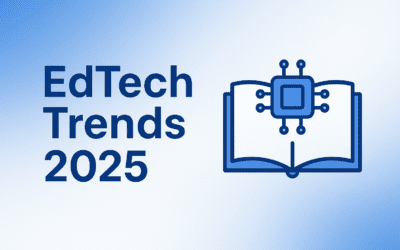Introduction
The global digital twin healthcare market is projected to hit $21.3 billion by 2028 (Grand View Research), driven by AI-powered patient replicas. Digital twins are dynamic, data-driven virtual models that simulate real-world physiology, offering a revolutionary approach to healthcare. They play a pivotal role in precision medicine, reducing surgical risks, and training professionals with unmatched accuracy. By creating virtual replicas of patients or organs, digital twins allow clinicians to predict outcomes, test treatments, and refine skills—without risking real patients. This article explores how digital twins in healthcare are transforming patient care, backed by examples and data.
How Digital Twins Enable Personalized Treatment
Digital twins are revolutionizing personalized treatment by tailoring care to individual patients. These virtual replicas integrate real-time data to simulate how a patient responds to therapies, enhancing precision and safety.
- Example: Boston Children’s Hospital uses digital twins to model congenital heart defects, cutting surgery planning time by 40%. This leads to safer, faster procedures.
- Data: A 2023 Nature Medicine study found digital twins improved chemotherapy outcomes by 25% through customized dosing based on patient-specific responses.
- Mechanism: IoT wearables and electronic health records (EHR) provide continuous data updates to the twin. For example, predictive analytics can adjust insulin doses for a diabetic patient by simulating blood sugar changes.
This personalized approach improves outcomes while reducing side effects, making healthcare more effective.
Digital Twins in Medical Device Testing
Testing medical devices on real patients is risky and expensive. Digital twins offer a safer, faster alternative by simulating device performance on virtual patients.
- Case Study: Siemens Healthineers uses digital twins to test MRI machines, reducing R&D costs by 30%. Virtual patients help refine designs efficiently.
- Stat: FDA-approved “virtual patients” now support 15% of pre-clinical medical device trials, minimizing human and animal testing (FDA).
- Actionable Insight: Hospitals can partner with firms like Ansys or Dassault Systèmes to validate devices faster, ensuring safety and compliance.
By accelerating innovation, digital twins make medical devices more reliable and cost-effective.
Immersive Training with Patient Replicas
Training healthcare professionals is vital, yet traditional methods have limitations. Digital twins, paired with VR and AI, create realistic simulations that boost skills and reduce errors.
- Example: Cleveland Clinic’s VR platform uses digital twin organs for surgical training, cutting error rates by 50%. Trainees practice on virtual patient replicas.
- Stat: A 2024 AMA survey revealed 78% of medical students using digital twin simulations felt more confident in their abilities.
- Tool Highlight: NVIDIA’s Clara Holoscan offers real-time imaging, enabling trainees to practice surgeries with live feedback (NVIDIA).
These tools enhance education and ensure clinicians are ready for real-world challenges.
Challenges & Future Trends
Digital twins hold tremendous potential, but challenges remain before they become mainstream in healthcare.
- Ethical Considerations: Privacy is a key issue, as digital twins rely on extensive patient data. Tools like Azure Health Data Services ensure HIPAA compliance, but strong safeguards are critical.
- Scalability: Managing large datasets requires robust infrastructure. Cloud platforms like AWS HealthLake provide scalable solutions for healthcare providers.
- Prediction: By 2030, digital twins could predict sepsis 12 hours earlier, potentially saving 11 million lives annually (WHO).
Overcoming these hurdles will unlock even greater possibilities for digital twins in healthcare.
Conclusion
Digital twins in healthcare are transforming patient care today, from personalized treatments and safer devices to advanced training. Supported by real-world examples—like Boston Children’s Hospital and Siemens Healthineers—their impact is undeniable. Looking ahead, they could predict critical conditions like sepsis, saving millions of lives. For healthcare professionals, adopting digital twins means leading the charge in innovation. Ready to explore digital twins? Partner with platforms like GE Healthcare’s Edison or share your thoughts on The ProTec Blog.
Sources:


















